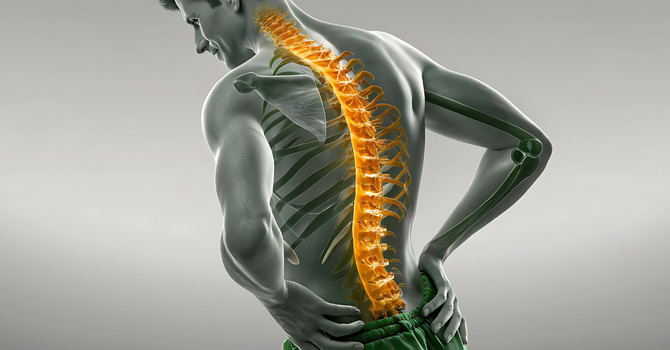
Spinal mobilization is a gentle, hands-on technique used by licensed physical therapists and chiropractors to reduce pain and restore movement in the neck, mid-back, and low back. Unlike manipulation, which uses a quick thrust, mobilization relies on slow, graded oscillations or sustained glides applied to specific spinal segments. At PT & Chiro of Miami, spinal mobilization is integrated with physical therapy and chiropractic care for lasting results.
What Spinal Mobilization Does
- Reduces pain and muscle guarding
- Improves joint glide and segmental motion
- Enhances circulation and tissue nutrition
- Calms irritated nerves and improves movement quality
Common Techniques
Maitland Grades I to IV
Graded oscillations chosen to match pain and stiffness. Lower grades focus on pain relief. Higher grades target capsular stiffness and range gains.
Central and Unilateral PA Mobilizations
Posterior to anterior pressures over spinous or transverse processes to restore segment motion and reduce local sensitivity.
Mulligan SNAGs
Sustained natural apophyseal glides combined with active movement to improve motion with minimal discomfort.
Traction and Distraction
Gentle separation of joint surfaces to reduce compression and ease radicular or facet-related pain.
Who Benefits
- Acute or chronic neck pain with stiffness
- Mechanical low back pain
- Facet joint irritation
- Postural and workstation-related pain
- Limited rotation or side bending after injury
Mobilization vs Manipulation
| Mobilization | Manipulation |
|---|---|
| Slow, graded oscillations or sustained glides | Quick, low-amplitude thrust |
| Often preferred for sensitive or acute presentations | Useful for selected patients after safety screening |
| Focus on pain relief and range restoration | Focus on immediate motion change and pain modulation |
What to Expect During a Session
- Assessment. History, red flag screening, posture, and motion testing, segmental palpation.
- Technique selection. Grade, direction, and dosage matched to your goals and tolerance.
- Retest. Check motion and symptoms to confirm the effect.
- Reinforcement. Targeted exercises and movement coaching to keep gains.
Safety and Contraindications
Clinicians avoid mobilization over suspected fracture, active infection, malignancy, severe osteoporosis, or unexplained night pain. The technique is adapted for pregnancy, recent surgery, or high irritability.
Why We Pair Mobilization With Exercise
Hands-on care prepares tissues to move. Exercise locks in range and builds resilience. Your plan may include mobility drills, deep neck flexor or lumbar stabilization work, and ergonomic coaching. Explore our manual therapy services to see how these elements fit together.
Get Started With Spinal Mobilization in Miami
If pain or stiffness limits your day, our team can help you move with confidence. Contact PT & Chiro Miami to schedule an evaluation and learn whether spinal mobilization is right for you.
FAQ: Spinal Mobilization
1. Will I hear a pop during mobilization?
Mobilization is typically quiet. Any joint sounds are incidental and not required for success.
2. Does mobilization hurt?
You may feel pressure or mild soreness that stays within your tolerance. Techniques are adjusted to comfort and stage of healing.
3. How soon will I feel better?
Some feel relief after the first visit. Consistent change comes from a short series of visits paired with home exercises and posture strategies.
4. Who performs spinal mobilization?
Licensed physical therapists and chiropractors trained in manual therapy apply spinal mobilization as part of a comprehensive plan.
Dr. Joseph Hudson
Contact Me

